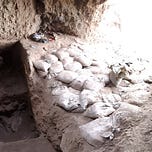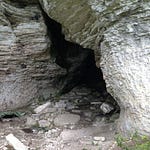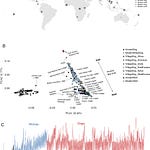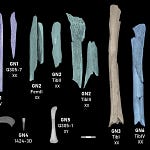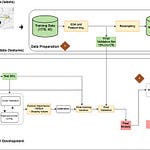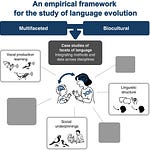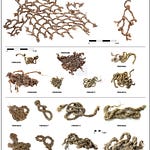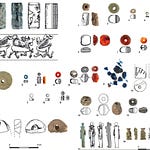When imagining the origins of agriculture, most minds turn to the Fertile Crescent—a sweeping arc of river valleys where wheat, barley, and lentils were first cultivated. This narrative is familiar, tidy, and deeply entrenched. But a discovery from the foothills of southern Uzbekistan is nudging that story off its pedestal.
At Toda Cave in the Surkandarya Valley, archaeologists have found evidence that 9,000 years ago, long before the first tractors plowed soil, human hands were already harvesting wild barley using stone sickles. This wasn’t the Fertile Crescent. It was nearly 2,000 kilometers to the northeast, in the rugged terrain that borders Central Asia.
“This discovery should change the way scientists think about the transition from foraging to farming,” said Xinying Zhou of the Institute of Vertebrate Paleontology and Paleoanthropology, who led the study. “It shows how widespread the transitional behaviors were.”
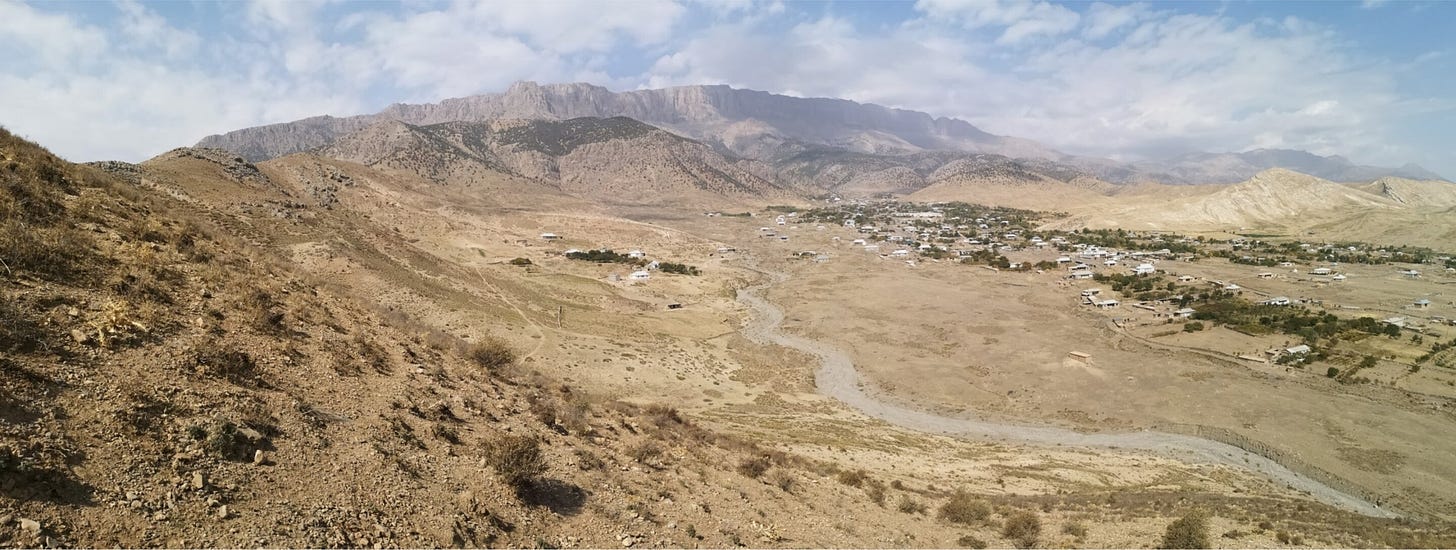
The findings, published in Proceedings of the National Academy of Sciences (PNAS)1, complicate a question anthropologists have been asking for decades: Was agriculture born in a single birthplace and then diffused outward? Or did human societies across vast regions experiment independently with plant cultivation?
Foragers with Sickles: A New Window into Prehistory
The team excavated the deepest layers of Toda Cave, unearthing stone tools, plant remains, and charcoal. The tools—limestone blades and flakes—show wear patterns that hint at their purpose. They were not hunting weapons. They were cutting implements, honed for slicing through grasses and plant stalks. Microscopic analysis revealed striations characteristic of cereal harvesting.
And among the sediment, tiny clues lingered: fragments of wild barley grains, their husks carbonized by ancient fires. Alongside them were pistachio shells and apple seeds, suggesting a broad-spectrum foraging economy.
This is the earliest evidence for systematic wild barley exploitation so far north and east of the Fertile Crescent. Its implications reach far beyond a single cave.
Rethinking the Origins of Agriculture
For decades, the dominant model suggested a “core zone” of agricultural innovation—a hotspot of invention in the Levant, where climatic shifts or population pressures drove people to plant and sow. From there, the logic went, agriculture radiated outward.
But Toda Cave doesn’t fit neatly into that pattern. Its inhabitants were not simply foragers who occasionally gathered grains. They were making specialized tools for cutting grasses, employing techniques remarkably similar to those in regions where agriculture was already underway.
“These ancient hunters and foragers were already tied into the cultural practices that would lead to the origins of agriculture,” noted Robert Spengler of the Max Planck Institute of Geoanthropology, a co-author of the study.
The evidence suggests that domestication may not have been a deliberate act at first. Instead, it likely unfolded through repeated behaviors—gathering the same plants, at the same time each year, and perhaps even clearing competing vegetation. Over generations, those behaviors began to shape the evolutionary trajectory of the plants themselves.
Why Barley, and Why Here?
Barley (Hordeum vulgare) is one of the world’s oldest cultivated cereals, prized for its adaptability to harsh conditions. In the highlands of Central Asia, its resilience would have made it an ideal candidate for early exploitation. Today, the region is dry and continental, but during the early Holocene, its valleys were lush with seasonal greenery.
The team’s findings raise a tantalizing question: Were these grains simply gathered from the wild, or were early forms of cultivation already taking root?
“A growing body of research suggests that domestication occurred without deliberate human intent,” Spengler said. “The finding that people continually developed the behaviors which lead to agriculture supports this view.”
If the barley from Toda Cave was indeed cultivated—still morphologically wild but tended in some way—it would point to either an independent origin of farming in Central Asia or a much earlier eastward diffusion of agricultural practices than previously thought.
What This Means for the Human Story
The discovery reframes the spread of agricultural behaviors as a mosaic, not a wave. People across Eurasia were tinkering with plant resources in ways that blurred the line between foraging and farming. In some places, these practices crystallized into agriculture. In others, they remained embedded in flexible strategies for millennia.
The next step is clear: find more sites, test more grains, and build a richer picture of how early humans interacted with their environments across vast landscapes.
Related Research and Citations
Spengler, R. N. (2019). Origins of agriculture in Central Asia: Archaeobotanical evidence and the pathway to farming. Vegetation History and Archaeobotany, 28(5), 551–562. https://doi.org/10.1007/s00334-018-0709-3
Fuller, D. Q., & Lucas, L. (2017). Adapting crops, landscapes, and food choices: Patterns in the dispersal of domesticated plants across Eurasia. Global Food History, 3(3), 127–147. https://doi.org/10.1080/20549547.2017.1394821
Betts, A., Jia, P., & Dodson, J. (2014). The origins of wheat in China and potential pathways for its introduction: A review. Quaternary International, 348, 158–168. https://doi.org/10.1016/j.quaint.2013.07.044
Zhou, X., Spengler, R. N., Sayfullaev, B., Mutalibjon, K., Ma, J., Liu, J., Shen, H., Zhao, K., Chen, G., Wang, J., Stidham, T. A., Xu, H., Zhang, G., Yang, Q., Hou, Y., Ma, J., Kambarov, N., Jiang, H., Maksudov, F., … Li, X. (2025). 9,000-year-old barley consumption in the foothills of central Asia. Proceedings of the National Academy of Sciences of the United States of America, 122(36). https://doi.org/10.1073/pnas.2424093122

